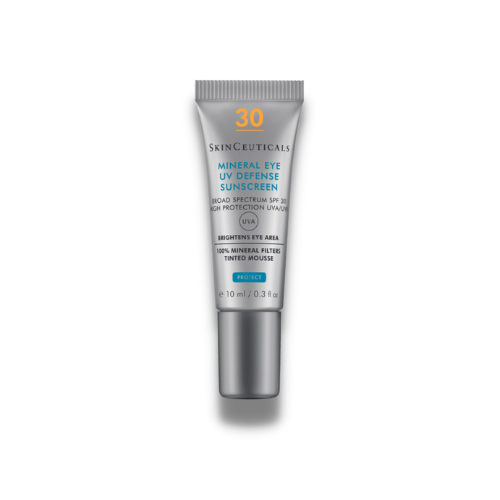Anti-Wrinkle Injections
In a world that celebrates youthfulness, the quest for effective anti-ageing treatments has become a priority for many individuals. Anti-ageing treatments can work wonders in slowing down the signs of ageing. Cavendish Clinic is renowned for its cutting-edge aesthetic solutions and offers many treatments to help give you a more youthful look. To help you on your journey, we have narrowed down to the top 5 most popular anti-ageing treatments.
1. Anti-Wrinkle Injections
Anti-Wrinkle injections have become synonymous with anti-ageing, and for a good reason. At Cavendish Clinic, experienced doctors use anti-wrinkle injections to help smooth out fine lines and wrinkles, providing a more youthful appearance. By targeting specific facial muscles, anti-wrinkle temporarily relaxes them, reducing the appearance of crow’s feet, forehead lines, and frown lines. The procedure is quick and requires minimal downtime, making it a popular choice for those seeking immediate and noticeable results.
2. Dermal Fillers
As we age, our skin loses volume, collagen, and elasticity, leading to sagging and the formation of wrinkles. Dermal fillers are a non-surgical solution to combat these signs of ageing, can be used in the areas around the cheeks, nose, eyes, jawline, and mouth. Made from hyaluronic acid, which is a naturally occurring substance found throughout the body. They work to smooth fine lines and wrinkles, restore or replace volume loss, improve asymmetry, and can be used to rehydrate the skin and improve skin texture.
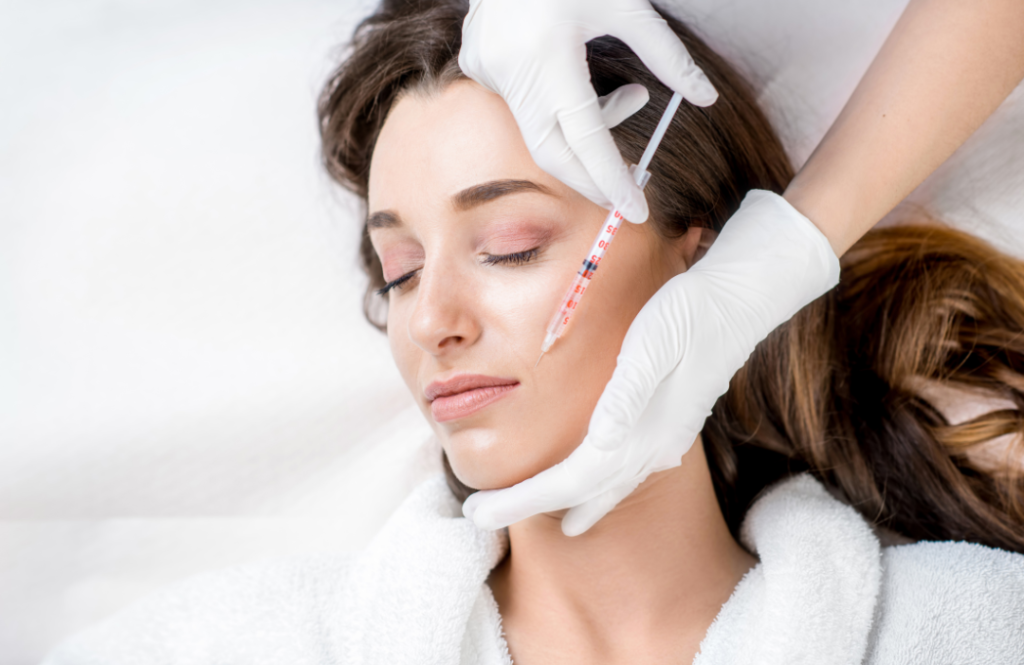
3. Ultherapy
Ultherapy is a game-changer for those seeking a non-surgical facelift. This innovative treatment utilises ultrasound technology to lift and tighten the skin naturally. Ultherapy improves the skin’s elasticity and firmness by stimulating collagen production deep within the skin. The procedure is non-invasive, requires minimal recovery time, and delivers long-lasting results, making it a preferred choice for individuals looking for a more youthful contour.
4. Chemical Peels
A chemical peel treatment involves applying a solution to exfoliate the outer layer of skin, revealing a smoother and more even skin surface, giving clients a healthier looking complexion. Chemical peels can address skin concerns, including fine lines and wrinkles, sun damage, acne, uneven skin tone and pigmentation. At Cavendish, we offer two different types of chemicals peel: SkinCeuticals Skin Peel and Radiance Obaji Skin Peel.
5. Dermapen
Microneedling is a collagen-inducing treatment to help improve skin texture and reduce the appearance of fine lines, wrinkles, sun damage, enlarged pores and acne scars. Microneedling creates micro-channels using tiny needles to penetrate the skin, stimulating the body’s natural healing process and promoting the production of collagen and elastin.
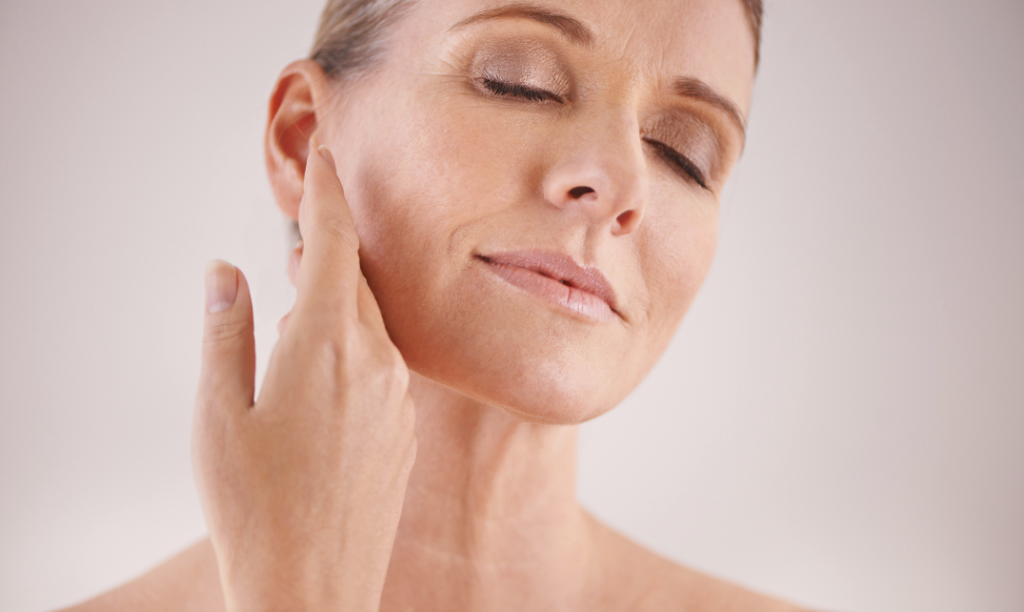
Ageing is a natural process we all go through, although we can always have a little help along the way. Book in a free consultation with one of our aesthetic practitioners who can start by creating a personalised treatment plan to help target your skin needs and concerns. In this appointment our Cavendish team will recommend a skincare regime and any relevant treatments for you. See yourself in a new light at Cavendish.
Ageing is a natural part of life, and as the years go by, many of us start thinking about ways to combat the visible signs of ageing, such as fine line and wrinkles. While there’s no way to stop the clock, there are plenty of options available to help you look and feel your best at any age. In this blog post, we’ll explore what you need to know about anti-wrinkle treatments, also referred to as Botox, and how the Cavendish Clinic can assist you on your journey to achieve the appearance of more youthful looking and radiant skin. At Cavendish, all our injectors are registered aesthetic doctors with many years of experience, so you can be rest-assured that you’re in safe hands.
Where can anti-wrinkle be injected into the face?
Anti-wrinkle is a versatile treatment that can be injected into various areas of the face to reduce the appearance of wrinkles. Common injection areas include the forehead (to target horizontal lines), the space between the eyebrows (to address vertical frown lines), and around the eyes (to diminish crow’s feet). It can also lift the eyebrows and soften the appearance of neckbands.

What is the best age to start those treatments?
The ideal age to begin anti-wrinkle treatments varies from person to person. It’s not solely dependent on age but on an individual’s unique skin condition and concerns. Some people start in their late twenties or early thirties to prevent the formation of wrinkles, while others may choose to begin in their forties or fifties when wrinkles become more noticeable. As a rule of thumb, start at 25+ when preventative and most people will benefit from anti-wrinkle treatments from the age of 30.
Is there any downtime?
There is no real downtime when having anti-wrinkle injections, but you might have some minor bruising or swelling directly after treatment. For the best results, avoid touching and massaging the area for the rest of the day. Also, avoid heavy exercise or sauna/steam rooms for 24 hours after treatment.
Are anti-wrinkle treatments suitable for men?
Absolutely. Anti-wrinkle treatments are not exclusive to women. More and more men are embracing these treatments to maintain a youthful appearance and boost self-confidence. The techniques and products used in anti-wrinkle treatments can be tailored to suit the unique facial structure and skin characteristics of men, providing natural-looking results. A very popular treatment amongst men is getting anti-wrinkle treatments in the armpit against excessive sweating.
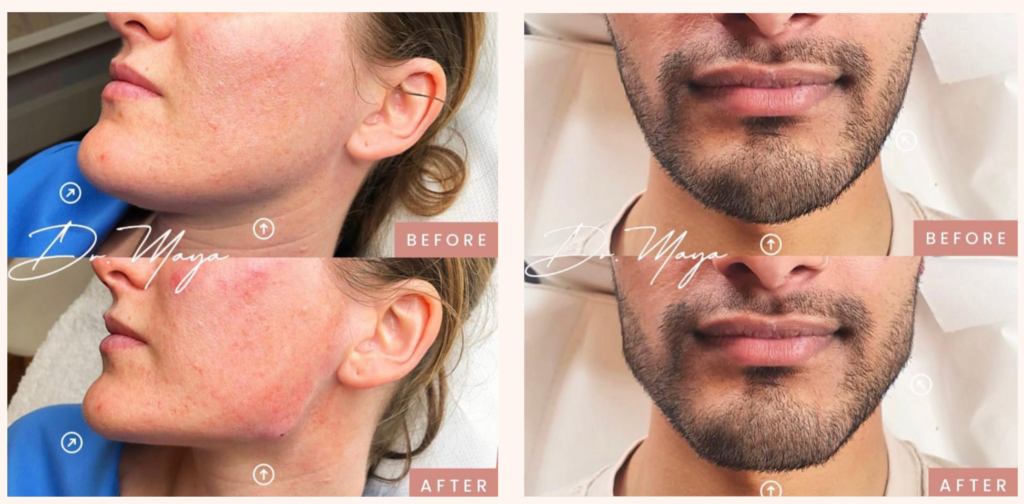
Why choose Cavendish Clinic for your anti-wrinkle treatments?
When choosing a clinic for anti-wrinkle treatments, it’s essential to select a provider that prioritises your safety, well-being, and satisfaction. At Cavendish Clinic, our treatments are only ever delivered by a team of highly trained, leading Aesthetic Doctors and Nurses who have many years of experience in treating thousands of satisfied clients, giving you confidence in achieving excellent results.
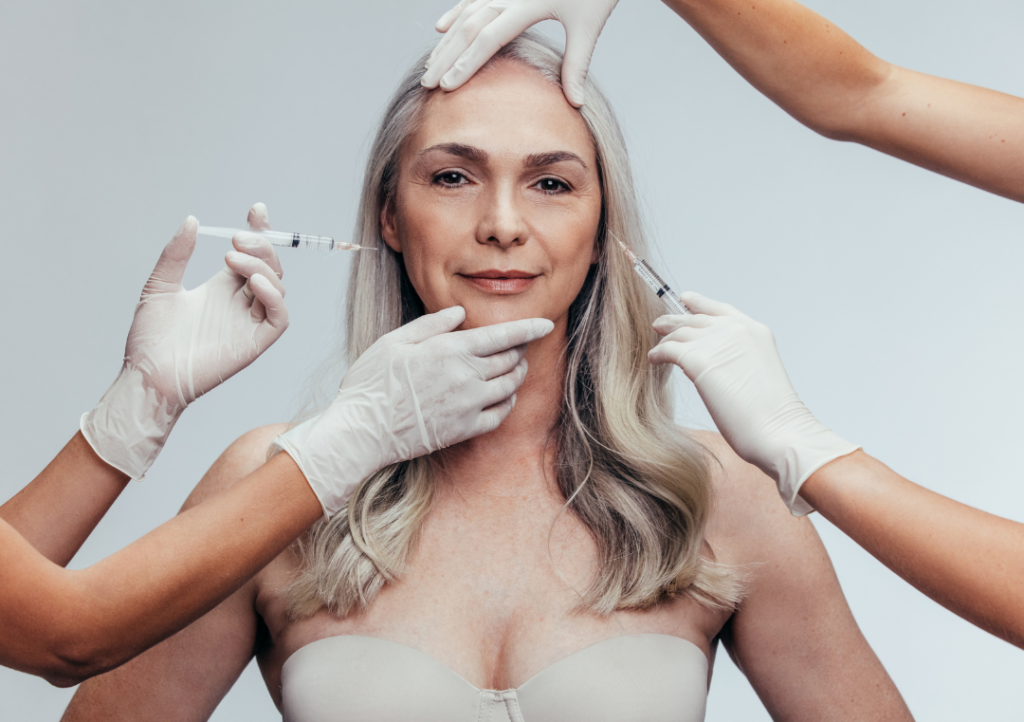
Have you been considering a dermal filler or anti-wrinkle treatment, but you’d like to know more before booking in? At Cavendish Clinic, we understand that you want to make an informed decision when it comes to your treatments, so we’ve put together a list of the most important factors for you to consider.
Choose your injector carefully
Selecting a highly-skilled and experienced injector is essential. How long have they been injecting? Do they have ‘before and after’ photos of their previous work they can share with you?
At Cavendish Clinic, all of our injectors are registered aesthetic doctors with many years of experience, so you can be rest-assured that you’re in safe hands.
Consultation is key
We truly believe that consultations are an important part of any injectable treatment process, during which time you and your injector can establish a treatment plan based on your individual requirements and goals, and ensure that you have had any questions you may have answered.
Which products do we use?
With so many products on the market, it’s important to know which brand and products are being used in treatments. For our dermal filler treatment, our experts most commonly use products from the Juvederm range, as it’s FDA approved and made of hyaluronic acid (a naturally-occurring substance in the body that decreases as you age).
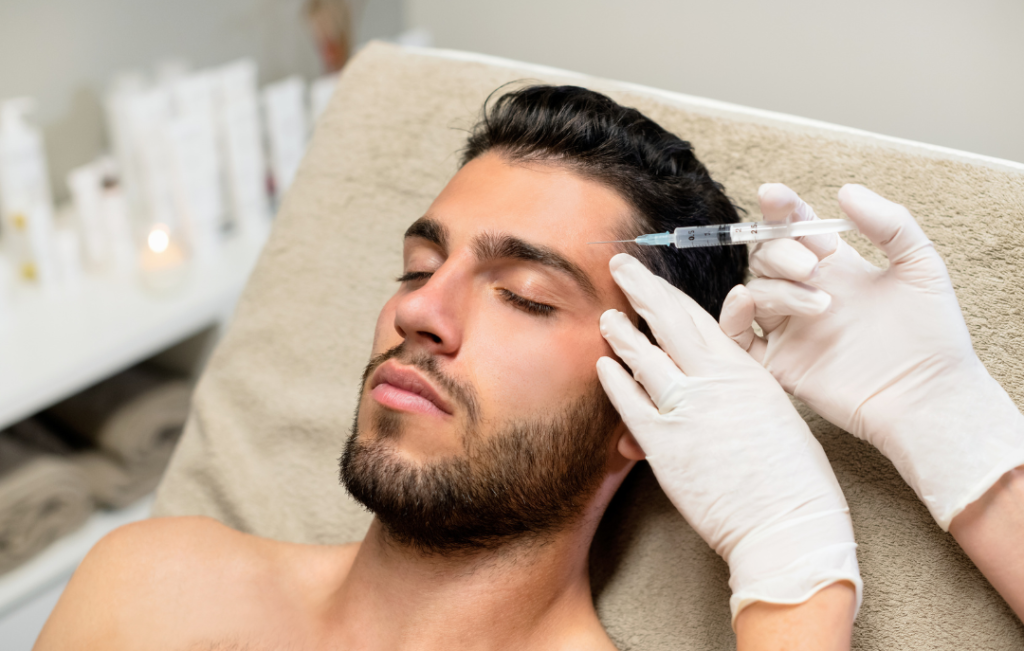
Post-treatment care
Depending on the type of injectable treatment you have, your post-treatment guidelines will differ slightly, however, your clinic should ensure that you receive the necessary information at or following your appointment.
Pricing
Don’t make the cheapest pricing your motivator to have a treatment. Injectables can be costly due to the products used, and the experience of your injector. That’s why we try to keep our pricing as competitive as possible.
Check out the best protocols for healthy, glowing skin and our top three skin hacks by Cavendish Clinic.
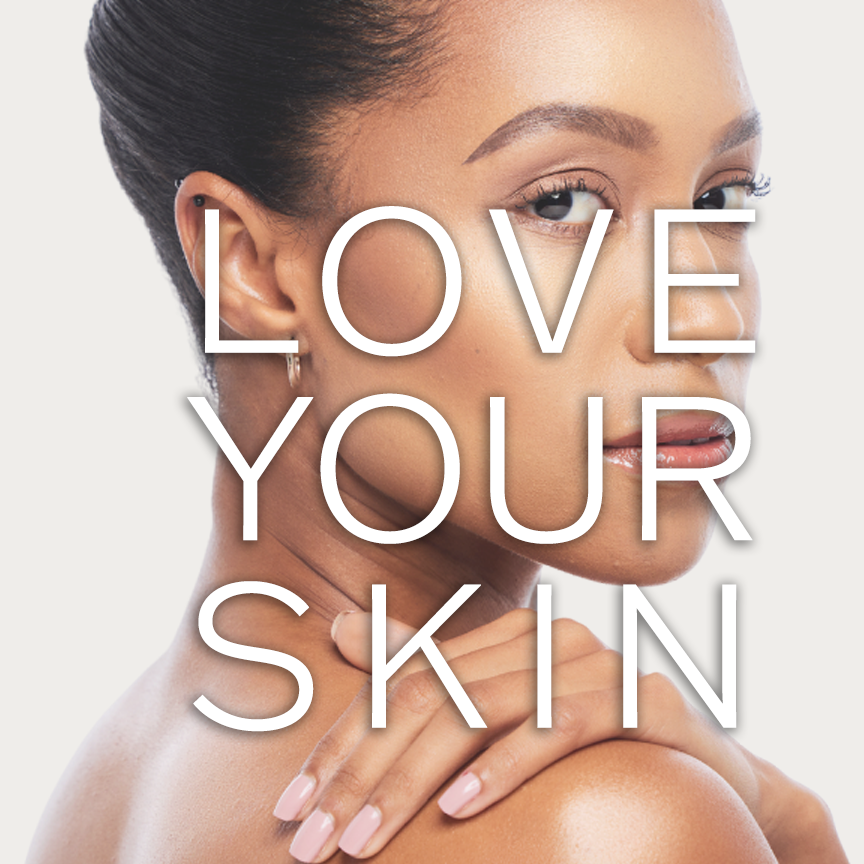
June is Acne Awareness Month, but acne is a skin concern that many of us suffer with all year round and for many years. Acne commonly starts when we head into our teenage years but unfortunately, it doesn’t always stop there and can follow us well into our adulthood or occur at a later (or earlier) life stage. If you have acne-prone skin, you might find that the warmer weather can trigger acne flare-ups, putting a damper on your fun-filled summer. Unfortunately, there is no one clear path to saying goodbye to acne forever but there are many things you can do to support your acne-prone skin and keep those breakouts to a minimum.
The process by which acne develops is related to the hormonal changes that teenagers experience. The existing receptors in the sebaceous glands are activated more expressively in this situation and, therefore, there is an increase in sebum production.
What makes acne worse?
The problem of acne is multifactorial, it develops with the association of several factors.
We know that genetic predisposition is an important factor in the development of the disease. It is very common to observe some factors that influence the worsening of acne:
Menstrual period, hormonal dysfunction, stress, excessive exposure to the sun, food rich in fat and sugar, and the use of some medications and supplements are some of the most common.
An important factor that we cannot forget to mention is the habit of putting your hand on your face or squeezing pimples.
Does food interfere with acne?
Yes! Foods high in sugar and fat can worsen acne in predisposed patients, such as foods with a higher glycemic index, like refined carbohydrates.
How to treat acne?
Acne treatment should always be considered individually and according to the characteristics found in each patient.
Dermatological treatment will be prescribed and can be associated with procedures such as peelings.
The association is usually more indicated because it offers the patient a faster and more efficient response.
How to prevent acne?
We talked earlier about factors that worsen acne, and in this way, we can act to control these factors.
The patient should: avoid putting their hand on the skin or squeezing pimples, avoid excessive sun exposure, wash their face too much, avoid eating certain types of food, avoid using inappropriate cosmetics for their skin characteristics, and avoid using certain supplements.
This pathology has a high psychological impact and around it, there are several myths, which will be elucidated below.

The myths of acne
1. Acne is caused by poor hygiene.
Open comedones, “blackheads”, and typical acne lesions have a dark color, this coloration occurs due to oxidative processes and not due to lack of hygiene, although there is still a myth that lack of hygiene is at its origin.
2. Acne skin hygiene should be performed several times a day.
Some patients with acne skin believe that if they perform skin hygiene several times a day, they will experience improvements. This over-cleansing will lead to a rebound which will stimulate more sebum and at the same time there is irritation of the skin, which becomes more dehydrated.
3. Acne improves immediately after starting treatment.
Patients often assume that after starting acne treatment visible results are immediately apparent. In reality, the treatment is slow, as current treatments do not prevent the formation of new lesions and time is needed to treat pre-existing lesions. It takes at least 3 to 4 weeks to start showing visible results.
4. Sunlight improves acne.
There is no scientific evidence. Skin tanning makes acne less visible, in addition to the fact that some drugs used are photosensitizing, so additional photoprotection care must be used.
5. Acne only occurs in adolescence (nothing new here…)
6. Makeup cannot be used on acne skin as it aggravates the acne condition by clogging up your pores.
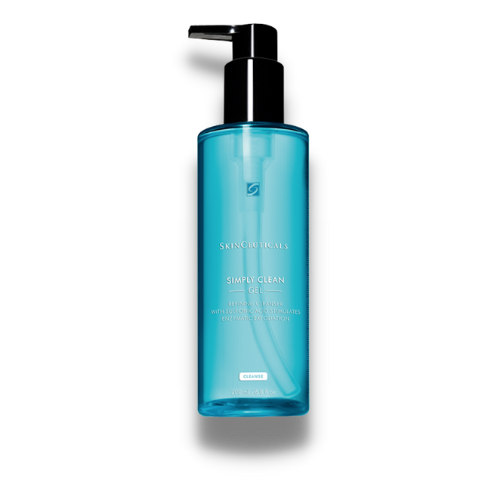
Three Skin Hacks
Which of these so-called acne hacks actually work, and which ones are actually causing more damage? To find out, we ran some of the most popular pimple hacks by the skin experts themselves to come up with a proper do’s and don’ts list for DIY’ing away your blemishes.
- Increase Cell Turnover by Exfoliating
According to Wesley, light exfoliation—typically through the use of cleansers, topical products, or chemical peels—can help skin cells turn over faster, which prevents blackheads and whiteheads from forming, helps existing acne resolve more quickly, and helps dark marks from old acne fade faster.
2. Incorporate a Salicylic Acid Cleanser into Your Routine
Salicylic acid, a beta-hydroxy acid, has antibacterial, exfoliating, and anti-inflammatory effects—which yields great results for clearing acne. “Salicylic acid helps dry up ‘wet’ or oily lesions such as acne, and in the process of drying, promotes superficial skin exfoliation which can help reduce superficial hyperpigmentation,” explains Wesley. Check this one from Arbonne—it cleanses grime away all while treating existing breakouts and fending off future ones.
3. Always Wear SPF
Those post-inflammation dark spots? Yep, you have acne and a lack of sun protection to thank for them: The inflammation from acne can often stimulate our pigment-making cells called melanocytes to produce more pigment, resulting in a dark mark where the acne once was. Using a non-comedogenic sunscreen (meaning it’s been tested so it shouldn’t clog your pores), is key in helping prevent and improve the appearance of these dark marks.
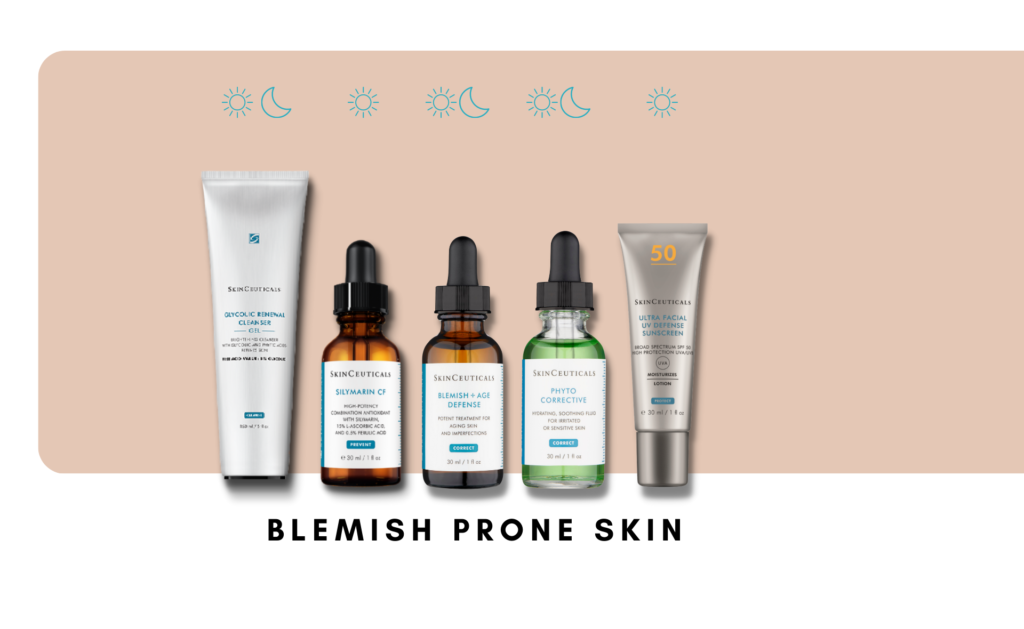
Our recommended SkinCeuticals routine for people who suffer from acne
Simply Clean: formulated to provide acid-free exfoliation that soothes skin texture and refines the appearance of pores, Simply Clean gently yet effectively cleanses to remove excess oil as well as long-wear and waterproof makeup.
Silymarin CF: is a powerful antioxidant serum with Vitamin C for oily and blemish-prone skin to help oil oxidation that may lead to breakouts.
Blemish + Age Defense: A non-oily serum designed specifically for aging skin prone to blemishes. It refines skin texture while smoothing the appearance of fine lines and wrinkles.
Oil Shield UV Defense Sunscreen: daily-use sunscreen, Oil Shield UV Defense SPF 50 contains a mattifying formula, enriched in Silica, helping to reduce oiliness, leaving no residue, and absorbing excess sebum.
You can expect to see results after 4-7 days, but your best results will be after 10-14 days.
There is no real downtime when having anti-wrinkle injections but you might have some minor bruising or swelling directly after treatment. For the best results, avoid touching and massaging the area for the rest of the day. Also, avoid heavy exercise or sauna/steam rooms for 24 hours after treatment.
This is a difficult question to answer because everyone will start to show static lines at different ages. Some people will start to show deep expression lines in their 20’s, while some people will barely have any lines around 40-50. As a rule of thumb, start at 25+ when preventative and most people will benefit from anti-wrinkle injections at 30-35.
When getting this treatment, it’s important to remember that the results are directly related to the dosing. Therefore, our doctors rather inject less and get you in for a top-up, rather than use too much and give you that ‘frozen’ look. Most people come to our clinic to get natural looking results, which our doctors are renowned for.
Anti-wrinkle injections are becoming increasingly popular with men. Men and women want different results and therefore, we use different dosages and treatment techniques. All our Doctors and Plastic Surgeon are very experienced treating men. A very popular treatment amongst men is getting anti-wrinkle injections in the armpit against excessive sweating. Contact our clinic for more information.
At Cavendish Clinic, we want to ensure that our customers fully understand their treatment of choice, including any risks, and that they have clear and realistic expectations of the results, particularly when it is their first time experiencing an injectable treatment.
Every customer will receive a complimentary consultation during which they can ask any questions they may have, and we also give a one week ‘cooling off’ period to empower any new customers to make informed decisions about their future treatments.
Cavendish believes in a 360 approach when it comes to skin health, so during this period we offer a complimentary Cavendish HydraFacial to refresh your complexion, and optimise the rejuvenating effects of your upcoming injectables treatment.
